Diabetes and Extreme Temperatures
“...planning is always your best friend. As diabetics there are certain things we can plan for. We plan for lows, we plan for highs, we bring extra supplies, bring a friend if that’s what you need to feel comfortable but planning, planning, planning.”
- Taylor Johnson, T1D, 13 years
As if there wasn’t enough to think about and prepare for as a diabetic, I know. But as you’ve experienced, after some repetition, those to-dos or to-think-abouts often become habits -- just a part of the routine.
So what are some considerations that we should be taking into account when thinking about adventuring in extreme temperatures?
Extreme Heat
Do I have enough water?
Experts recommend drinking 1 liter per hour during hot, strenuous hikes.
Why: According to sources like My Diabetes Home and Reuters Health, when our bodies lack the appropriate amount of fluids, they release a hormone called vasopressin which can elevate blood sugar levels by causing our kidneys to retain water and glucose and/or causing our livers to produce additional sugar.
Do I need to adjust my insulin levels or food intake?
Be sure you have enough glucose with you and talk to your doctor about making adjustments to things like your basal rates as needed for high heat, high intensity trips.
Why: According to this study, high temperatures can cause our blood vessels to dilate and enhance insulin absorption. Aka higher insulin sensitivity on top of the increased insulin sensitivity from exercising.
Am I keeping my insulin cool and out of the sun?
Make sure you store your insulin properly -- like in a frio (water activated cooling pouch, great for long trips) or 4 All Family’s 72 hr insulin cooler. If cost is a concern or if you lose/forget a cooling mechanism, there are ways to get creative too. If you know you’ll be camping by a stream, for example, you might try placing your insulin in some sort of container, attaching a piece of rope to it, tying the other end of the rope to a nearby tree or rock, and letting it sit in the water in a shady area.
Why: According to experts like Dan Kent at Kaiser and Elena Toschi of Harvard Medical School, insulin is meant to be stored within a specific temperature range (36°F and 46°F in the refrigerator if unopened and 56°F and 80°F once opened). When out of the temperature range, it can lose potency or effectiveness, and most times you won’t be able to tell whether insulin has been spoiled or not until you’re running high all day. It’s also important to note that direct sunlight can also degrade insulin.
Can I recognize the difference between heat stress and hypoglycemia?
You might not be able to because the symptoms are so similar. Here’s the overlap according to Beyond Type 1:
Sweating
Shakiness
Dizziness
Lethargy
Blurred vision
Hunger
Irritability
So it’s extra important to keep tabs on your blood sugar. When in doubt, check the glucose.
Do I have sun protection?
The CDC recommends using SPF 15 or higher for sunscreen and wearing clothing like long-sleeved shirts or pants and hats for maximum protection.
Why: Sunburn causes stress in your body, releasing hormones that can cause elevated blood sugar levels.
Extreme Cold
How am I storing my meter, pump, and/or CGM reader?
When in extremely cold temperatures it’s important to keep your meter, pump, and any other battery-operated technology somewhere relatively warm like in your pocket, close to your body. The Children’s Hospital of Philadelphia lists out guidelines for specific devices on their website. Here are a few:
Glucose Meter: Keep meters and test strips above 40 degrees Fahrenheit. Most meters will alert you when they can’t function because of extreme temps, and sometimes they just won’t function at all. If this happens try warming up your meter before testing. And for this reason, I would recommend bringing an extra meter as well in case one malfunctions.
Insulin Pumps: Most are built to function at no lower than 40 degrees Fahrenheit and some like the Tandem T-slim will alert you and pause insulin delivery if it gets too cold. Again, make sure you keep your pump and tubing close to your body for warmth.
Sensors: If you’re bringing extra sensors for a long trip, make sure any that are unused remain between above 36 degrees Fahrenheit (for Medtronic and Dexcom)
Why: Our devices just aren’t meant to withstand such extreme temperatures, much like cell phones or other electronics that die or lose battery quickly in extreme cold temperatures.
How am I storing my insulin?
Insulin should be kept within a specific temperature range, as we talked about above in the “extreme hot’ section, and cold temperatures make insulin susceptible to freezing.
Why: When frozen, insulin breaks down and therefore, even after it thaws it will not be fully effective according to ConsumerMedSafety.org.
How is my blood circulation?
Cold air causes blood vessels in our hands and feet to tighten, restricting blood flow to prevent heat loss from our core, according to Healthline. Ensuring proper blood circulation is critical for anyone to avoid conditions like frostbite, and diabetics in particular.
Why: When we don’t have proper blood flow in our fingertips, glucose readings can be inaccurate -- ”abnormally low” according to Dr. Sabrina Rene at Piedmont Healthcare.
If struggling to keep warm, try keeping some hot hands on you or filling a Nalgene/water bottle with hot water and holding it against parts of your body that are cold.
Any tips or tricks?
Let us know in the comments!
Living with T1 Diabetes
Aya Tsuruta
Aya is a marketer, environmental steward, outdoorswoman, and member of T1D nation (since '97). Through life's ups and downs she's found joy, solace, and strength in the outdoors—on the trails, at the crag, and under the stars—and is passionate about helping other diabetics feel safe and confident outside.



